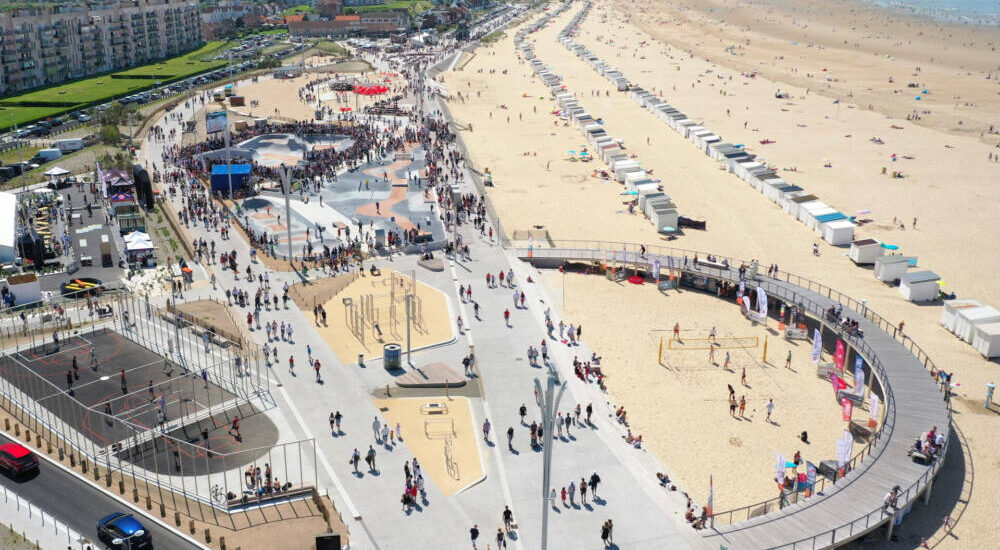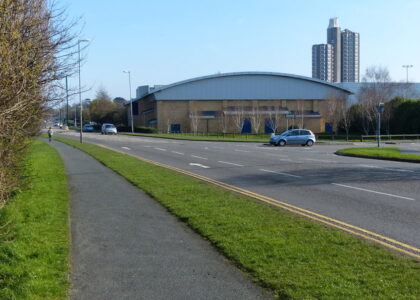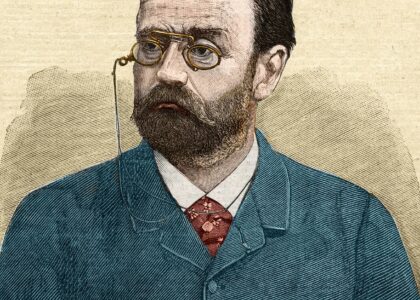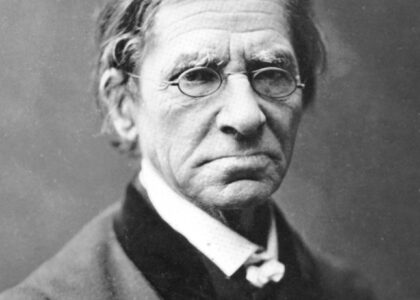Welcome to Calais Plage, a place rich with history and significance on the French coast. Calais, the largest city in the Pas-de-Calais department, has long been a pivotal point for travel and trade due to its strategic location by the Strait of Dover. This narrowest part of the English Channel makes Calais the closest French city to England, historically serving as a vital connection between the two nations.
In its early days, Calais was a fortified town that quickly became a coveted prize for powerful nations. The city entered the annals of history during the Hundred Years’ War, when it was captured by King Edward III of England in 1347 after a lengthy siege. This event is famously commemorated by the Monument to the Burghers of Calais, a poignant sculpture by Auguste Rodin symbolizing the bravery of six town leaders who offered themselves as hostages to save their fellow citizens.
Calais remained under English control for over two centuries until it was recaptured by the French in 1558. During this time, it became known as the ‘brightest jewel in the English crown’ due to its importance as a trading hub for wool, tin, lead, and lace.
The city has seen its share of conflict beyond the medieval period. During World War II, Calais was heavily bombed and almost completely destroyed. The Germans used it as a strategic point to launch attacks on England, building massive fortifications along the coast.
Despite its war-torn past, Calais has evolved and thrived, becoming not only a bustling port city but also a popular tourist destination. The old town, with its medieval architecture and historical sites like the Church of Notre-Dame, offers a glimpse into the city’s storied past. Today, Calais is a testament to resilience, attracting millions of visitors each year who come to explore its rich history and enjoy its seaside charm.






